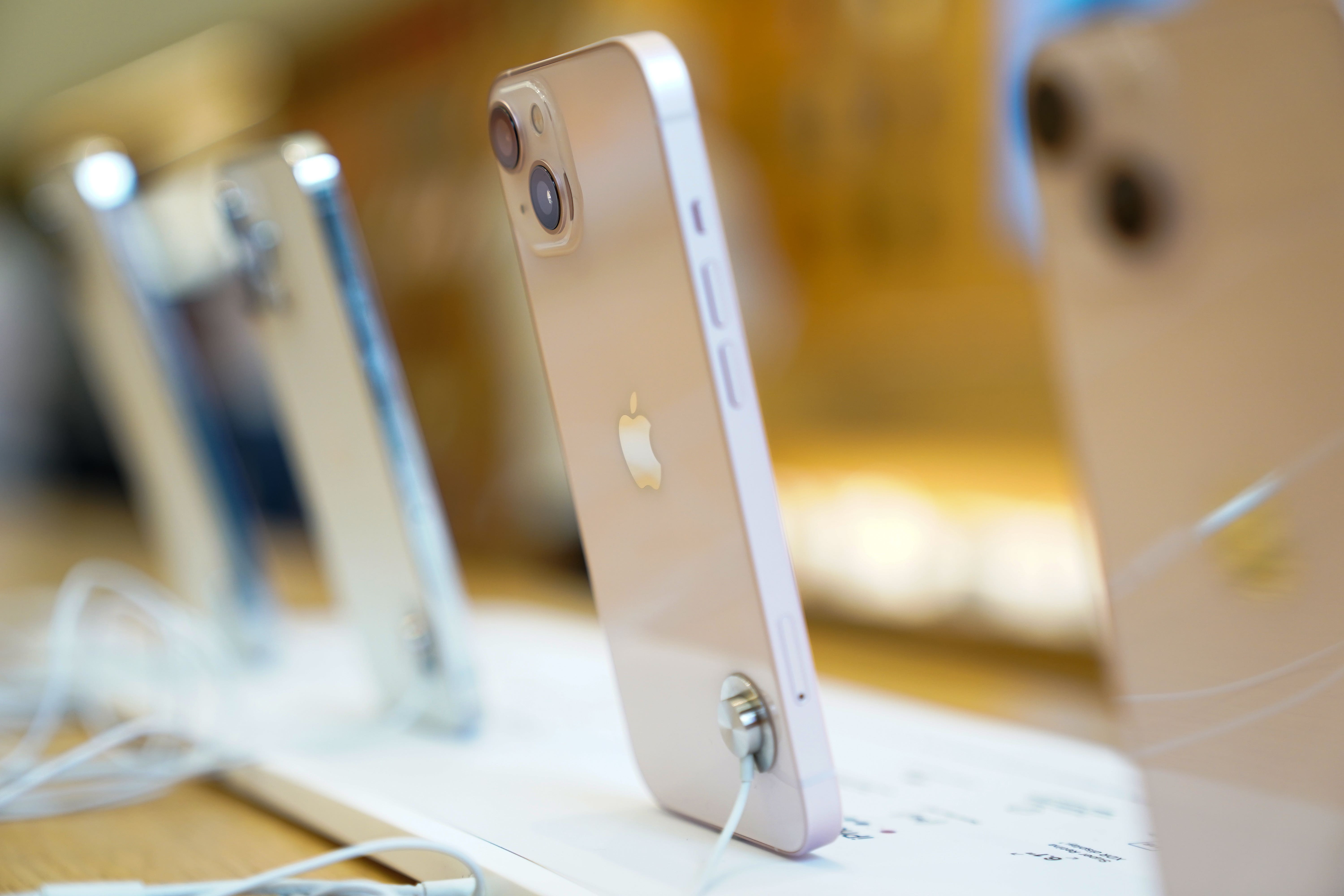New iPhone expected to switch to USB-C charging port
The iPhone 15 is expected to be announced on September 12 with a USB-C charging port for the first time to fall in line with new EU rules.

Your support helps us to tell the story
From reproductive rights to climate change to Big Tech, The Independent is on the ground when the story is developing. Whether it's investigating the financials of Elon Musk's pro-Trump PAC or producing our latest documentary, 'The A Word', which shines a light on the American women fighting for reproductive rights, we know how important it is to parse out the facts from the messaging.
At such a critical moment in US history, we need reporters on the ground. Your donation allows us to keep sending journalists to speak to both sides of the story.
The Independent is trusted by Americans across the entire political spectrum. And unlike many other quality news outlets, we choose not to lock Americans out of our reporting and analysis with paywalls. We believe quality journalism should be available to everyone, paid for by those who can afford it.
Your support makes all the difference.The next iPhone is likely to feature one of its most notable design changes in years, according to an industry expert, as its charging port switches to fall in line with impending EU law.
Apple is expected to unveil the iPhone 15 range on Tuesday evening during an event at the tech giant’s California headquarters.
Reports and predictions from analysts suggest the biggest change to the new phones will be removing the Apple Lightning connector – present on every iPhone since its introduction in 2007 – and replacing it with the USB-C port, which EU regulations have made the mandatory connection on all small electronics, and must be in place by the end of 2024.
USB-C is already widely used by most other smartphone and electronics manufacturers, and Apple uses it for its laptops and its more recent iPad models.
The move to make the connection the universal choice on small electronics is part of European Union regulatory efforts to cut e-waste and by reducing the number of different cables consumers need for different devices.
Apple executives have previously confirmed that the tech giant would comply with the change, despite expressing concerns over the approach.
In a statement after the EU proposals were first announced in 2021, the company warned that “mandating just one type of connector stifles innovation rather than encouraging it”, and that could ultimately harm consumers.
Industry expert Ben Wood, chief analyst at CCS Insight, said that while it was a “major change” to switch the charging port and “arguably the biggest disruption to iPhone design for several years”, its presence within the Apple ecosystem already meant it was “hardly a dramatic move”.
“The expected shift to USB-C could generate some friction for Apple customers who already have proprietary Lightning cables and docks around their homes,” he said.
“However, Apple has already transitioned other devices such as the iPad over to USB-C and will almost certainly include a new cable in each iPhone box or perhaps an adaptor.
“Given how widely USB-C has been used in other devices, it’s hard to imagine that customers will be totally caught out by this switch, and in the long-term, it’s likely to benefit them, with a universal charging system having some very obvious upsides.
“The rationale behind regulation forcing the use of USB-C is largely environmental, as one charging standard should result in fewer cables needing to be bought, helping to reduce material usage.
“It still seems likely that most phones will ship with a cable in the box for the foreseeable future, but this could change too.
“Apple was at the forefront of removing headphones from iPhone boxes – as it tried to drive people towards AirPods – as well as the charging brick, and the company has shown it is not afraid to challenge the status quo on this front.”
The live event is likely to see a number of other new Apple products announced, including a new version of the Apple Watch.